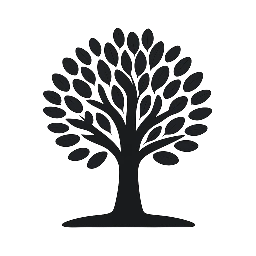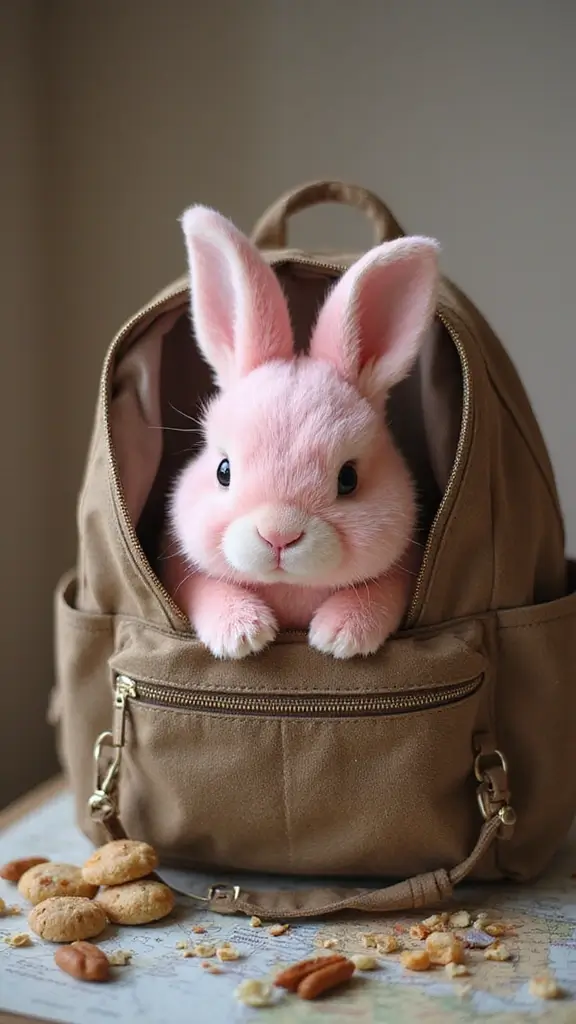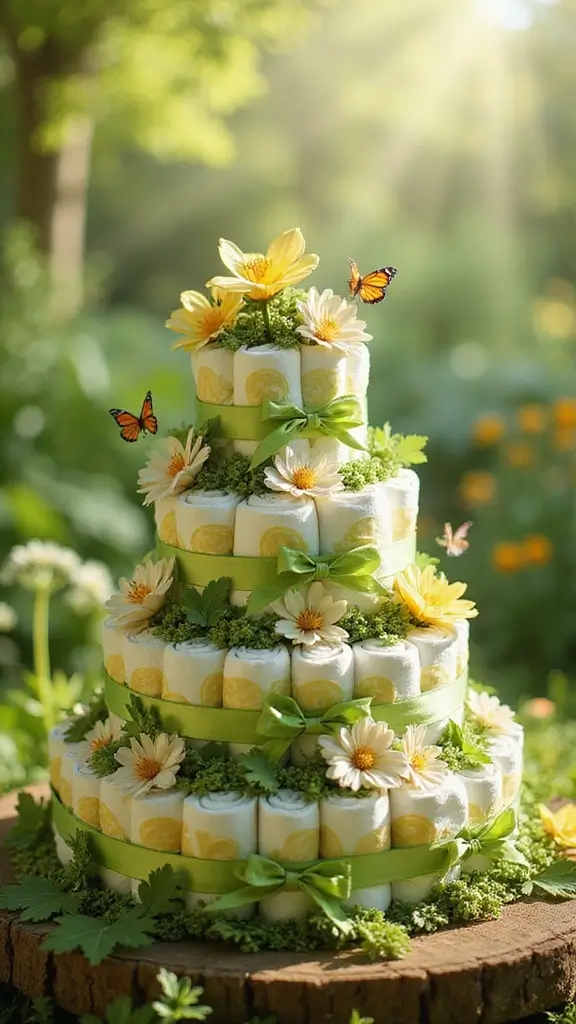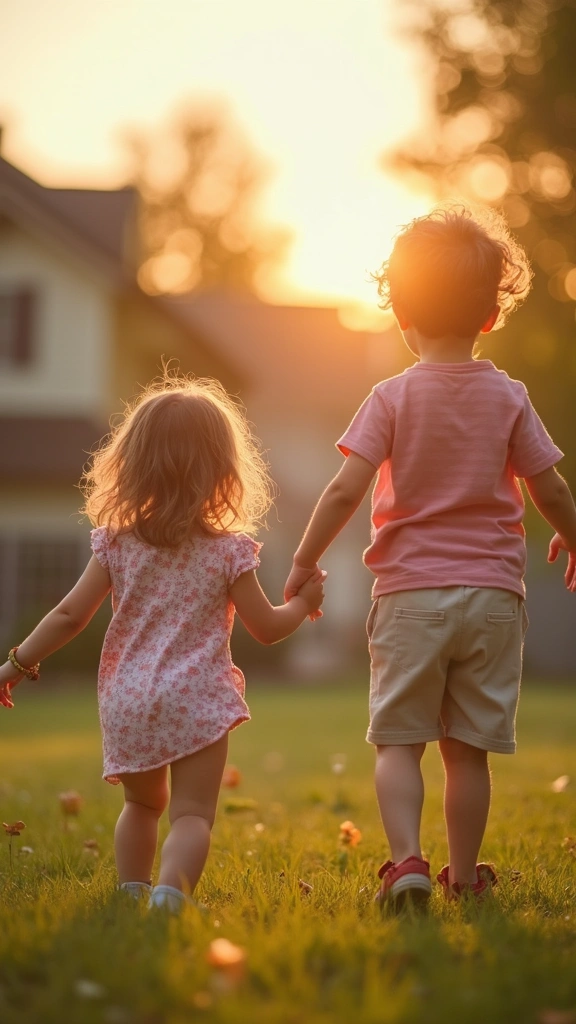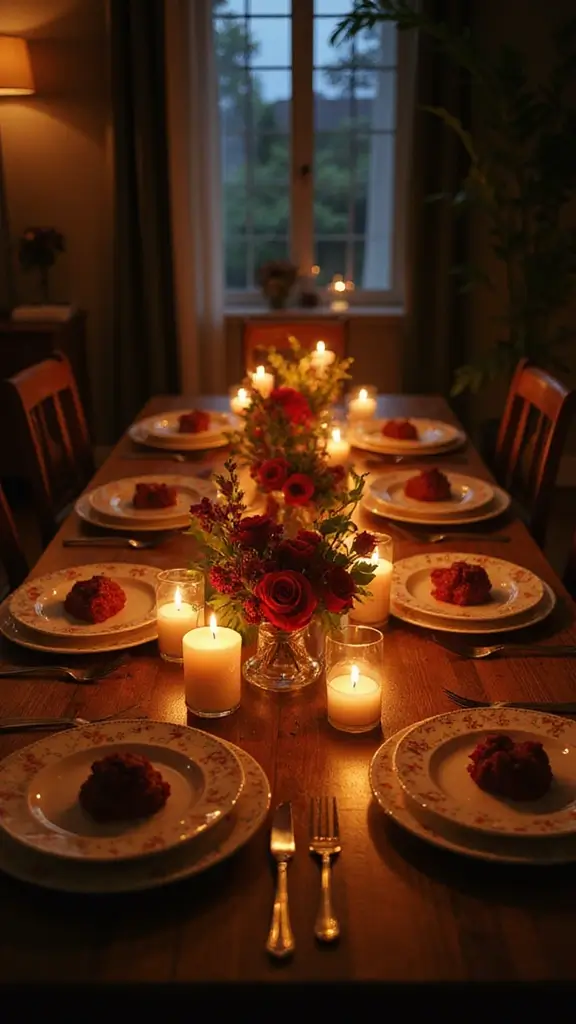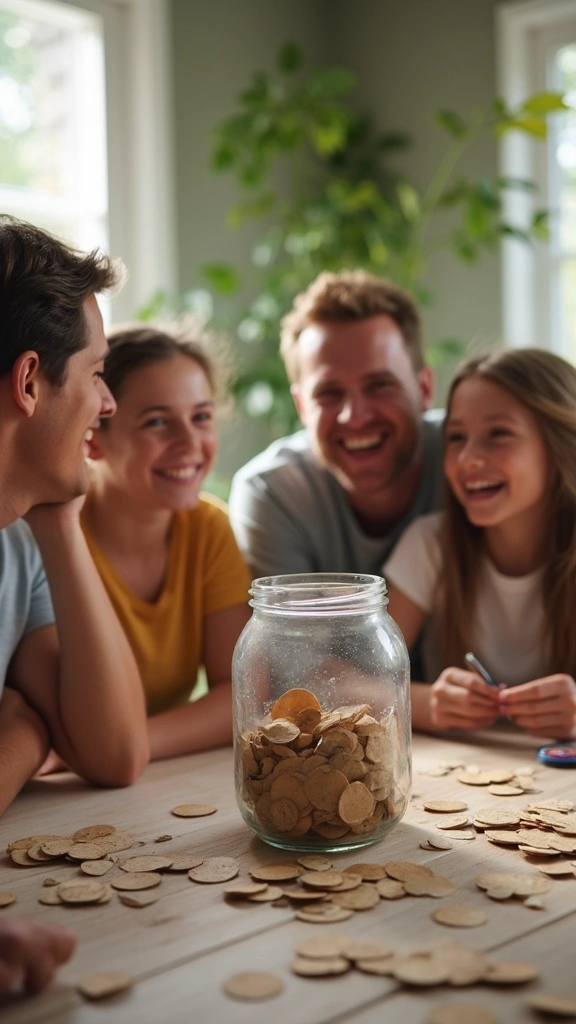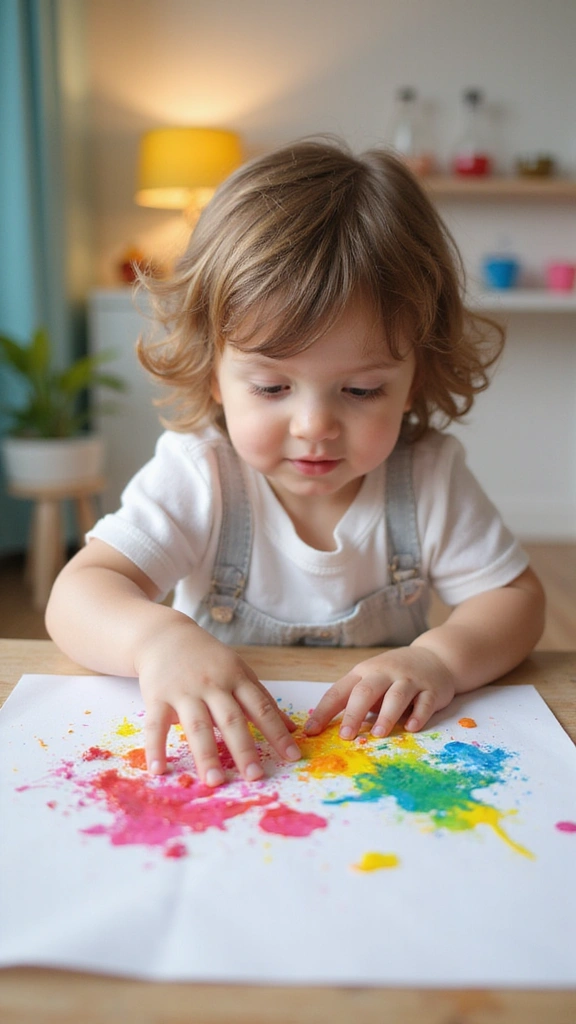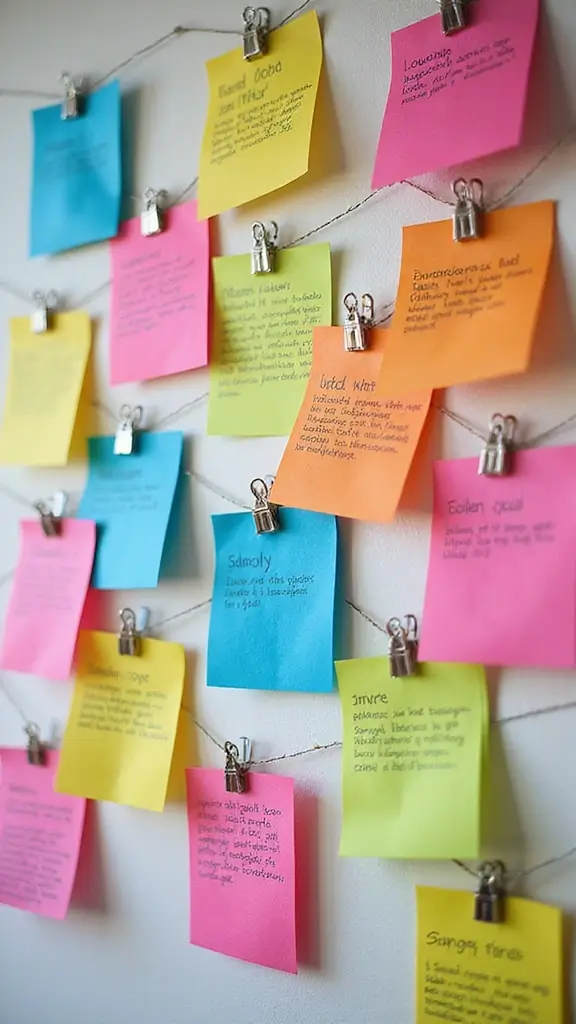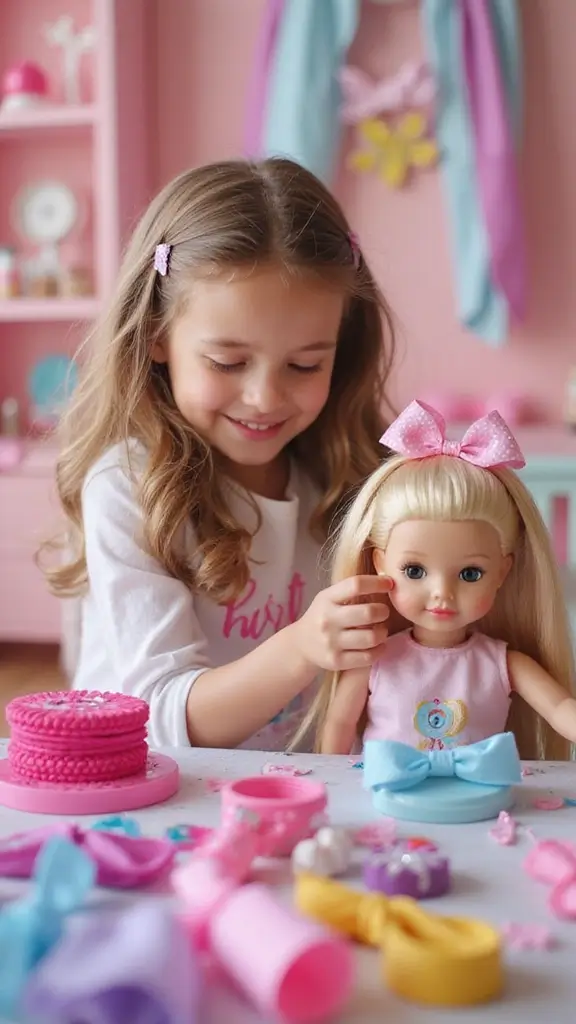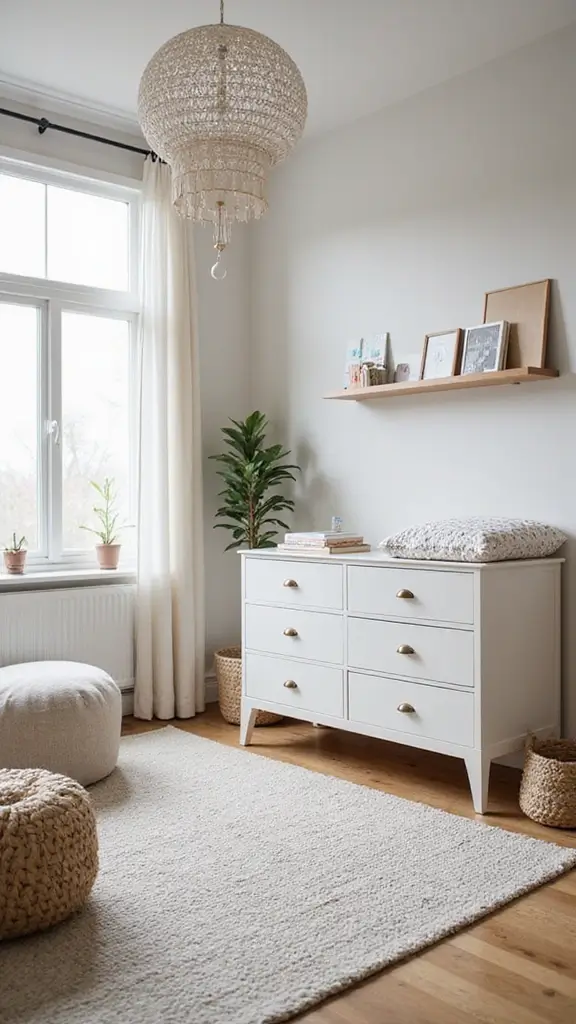Has a look on someone’s face ever left you guessing what they mean? Confused face expressions are everywhere, from quick text replies to video calls. I made this post to help you read those looks without overthinking. I pulled together 23 top puzzled expressions that most people spot in daily life. I kept the notes simple and real.
1. The Classic ‘What Just Happened?’ Face
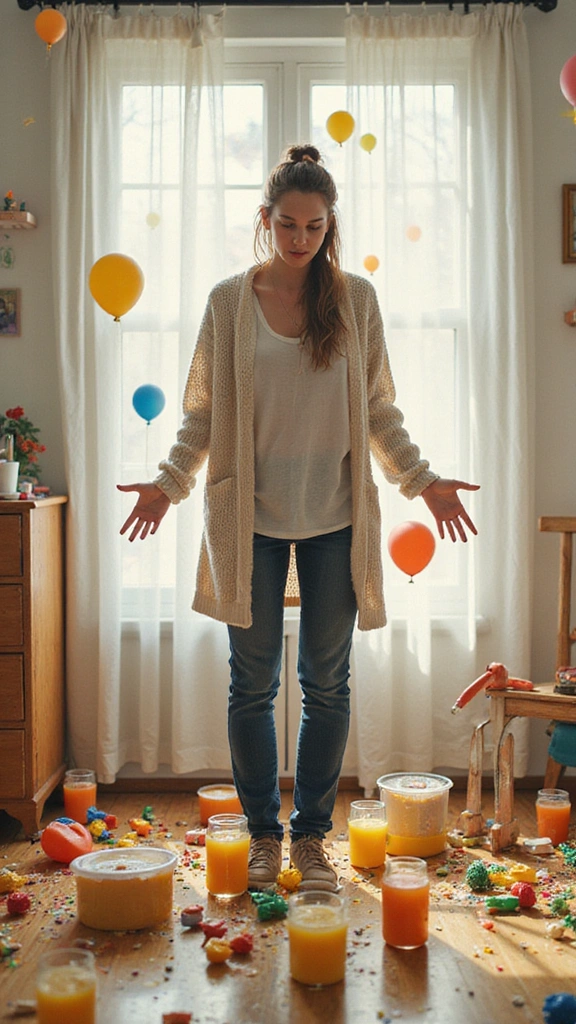
You know that moment when chaos hits a room. Juice spills, a dog barks, laundry spills out of baskets. Your brows pull together, your mouth drops, and you wear the confused face. It says you are surprised and worried at once. You feel stuck between fixing the mess and keeping the mood light.
Here is how you handle it:
– Take a slow breath before you react.
– Step back for a beat, then choose a tiny joke or a reassuring comment.
– Create a corner where everyone can regroup.
Finding humor can bring your family closer after the mess.
1. The Classic ‘What Just Happened?’ Face
Editor’s Choice

Sorry! Kids Board Game, Family Board Games for Kids and Adults, 2 to 4 P…
 Amazon$7.99
Amazon$7.99
The Book You Wish Your Parents Had Read: (And Your Children Will Be Glad…
 Amazon$10.98
Amazon$10.982. The ‘Did They Really Just Say That?’ Look
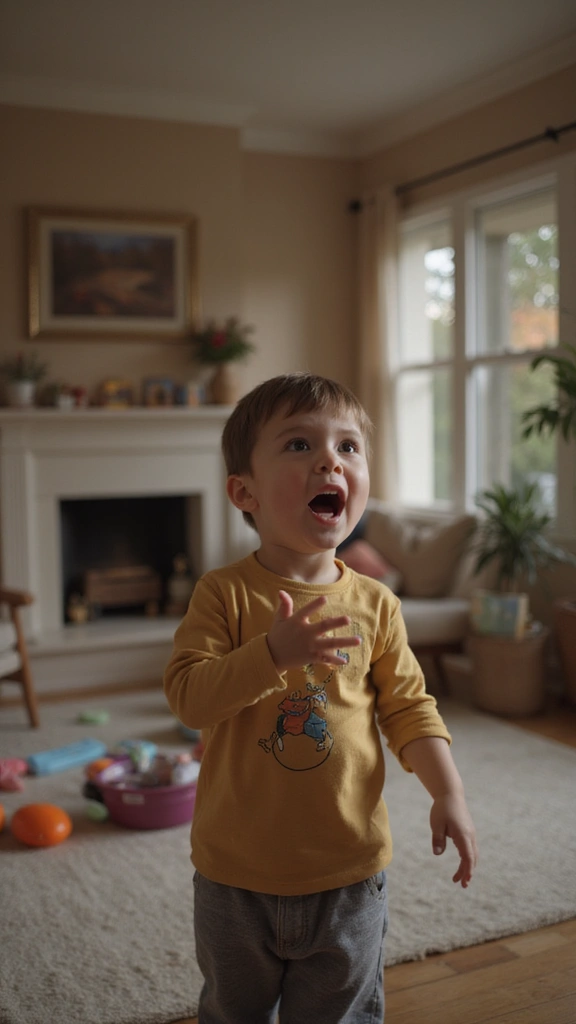
You face that look. It pops up when your kid drops a truth. Disbelief fades to a grin. The moment is funny.
Picture this: your child says, “Do you think the moon is made of cheese?” Eyebrows rise. Eyes widen. You take in the mix of innocence and wit.
Next steps:
Here is why this matters and how to handle it:
– Ask open-ended questions to spark ideas.
– Share your own funny thoughts to keep the chat light.
– Capture moment with a photo.
These looks show why you became a parent and how kids see the world today.
2. The ‘Did They Really Just Say That?’ Look
Editor’s Choice

Polaroid Go Generation 2 – Mini Instant Camera + Film Bundle (16 Photos …
 Amazon$109.99
Amazon$109.99
The Book You Wish Your Parents Had Read: (And Your Children Will Be Glad…
 Amazon$10.98
Amazon$10.98
400 Conversation Cards for Friends – Funny Get to Know You Game With Ope…
 Amazon$30.09
Amazon$30.093. The ‘Lost in Translation’ Expression
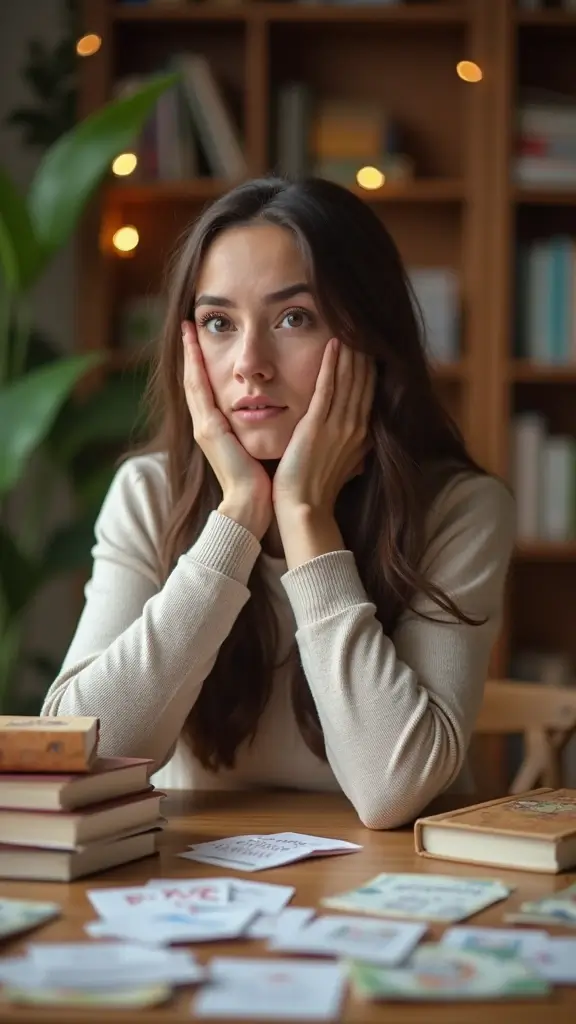
When you chat with an English learner, you might catch a Lost in Translation look. A new word, a quick shrug, and language barriers slip in. You pause, eyes wide, trying to keep up. Here is why this matters: these moments show real effort and a chance to learn together.
Next steps:
– Keep a simple dictionary or translation app nearby
– Ask your child to show, draw, or act out what they mean
– Celebrate small wins in speaking and listening
Turn these pockets of confusion into bonds you share and laughs you remember. These tips keep learning fun for everyone together.
3. The ‘Lost in Translation’ Expression
Editor’s Choice

Spanish-English Picture Dictionary: Colorful Bilingual Learning for Earl…
 Amazon$8.99
Amazon$8.99
Portable Voice Translator Device 42 Languages Real Time Instant Two-Way …
 Amazon$306.77
Amazon$306.77
Key Education Sentence Building Game, Phonics Puzzles for Kids Ages 6-8,…
 Amazon$15.06
Amazon$15.064. The ‘Wait, What Did You Just Say?’ Reaction
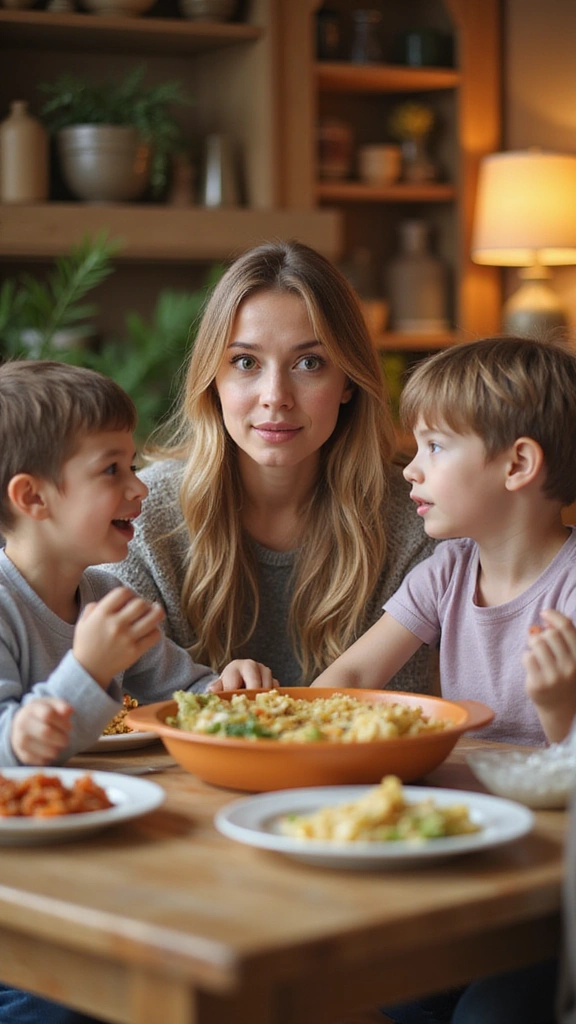
What to do in the ‘Wait, what did you say?’ moment
Sometimes your ears catch a line that stops you.
The ‘Wait, what did you say?’ face appears at dinner.
Your child spins a wild take on a story.
You glance up, mouth open, eyes wide.
This moment can feel funny and warm.
It shows your kid is learning as you talk.
Here is why this matters.
It invites talk and eases tension.
It helps language and creative thinking grow.
– Ask them to tell you more.
– Use a light joke to ease the mood.
– Share a memory from your childhood.
Next steps: ask a simple question, repeat the phrase simply, and note the idea.
4. The ‘Wait, What Did You Just Say?’ Reaction
Editor’s Choice

ESTHER PEREL Where Should We Begin? A Game of Stories – Conversation Car…
 Amazon$34.99
Amazon$34.99
TableTopics Original Conversation Starter Cards for Adults to Break The …
 Amazon$17.49
Amazon$17.49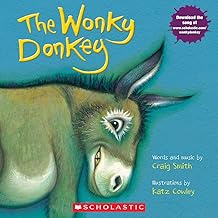
5. The ‘I Have No Idea What You’re Talking About’ Face
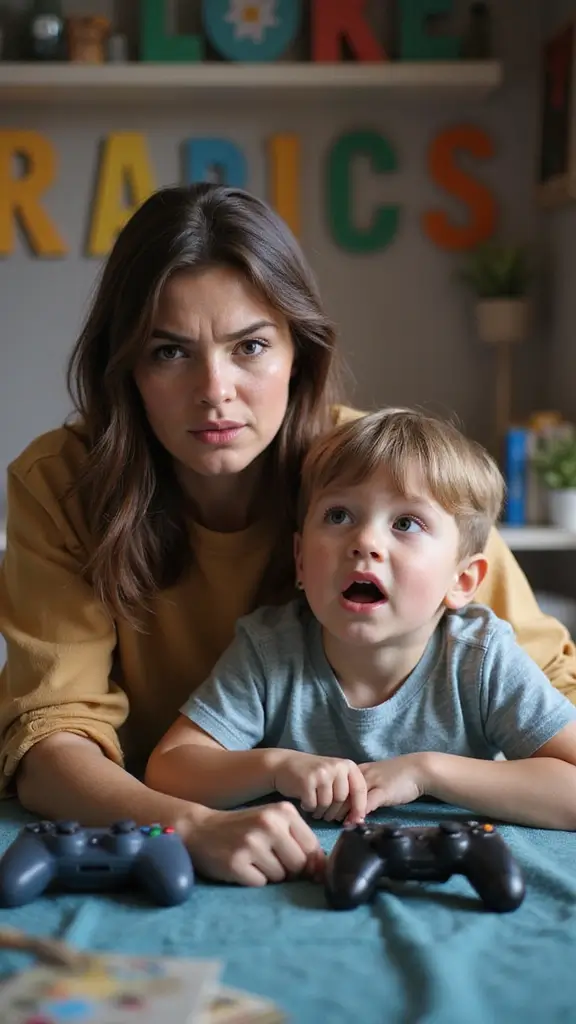
That ‘I have no idea what you are talking about’ face shows up when your child explains a new game or a dream. You want to share the moment, not shrink from it. This look can spark talk if you treat it as a chance to learn.
That moment matters. It trains you to listen better and helps your child feel heard.
Practical steps to turn confusion into connection
– Play the game together to hear the rules and see the moves
– Watch a show or read a book tied to their interest
– Ask simple questions that invite them to explain in plain terms
Turn confusion into connection, and you both grow.
5. The ‘I Have No Idea What You’re Talking Abou…
Editor’s Choice

Hasbro Gaming Scrabble Junior Board Game | 2-4 Players | Family Educatio…
 Amazon$16.99
Amazon$16.99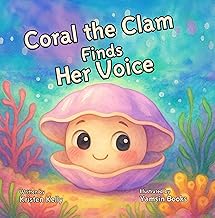
Coral the Clam Finds her Voice (Kindness in the Reef Book 1)
 Amazon$0.00
Amazon$0.00
Electronic Alphabet Wall Chart, Talking ABC, 123s, Music Poster, Kids Le…
 Amazon$19.99
Amazon$19.996. The ‘Did I Really Just Hear That?’ Expression
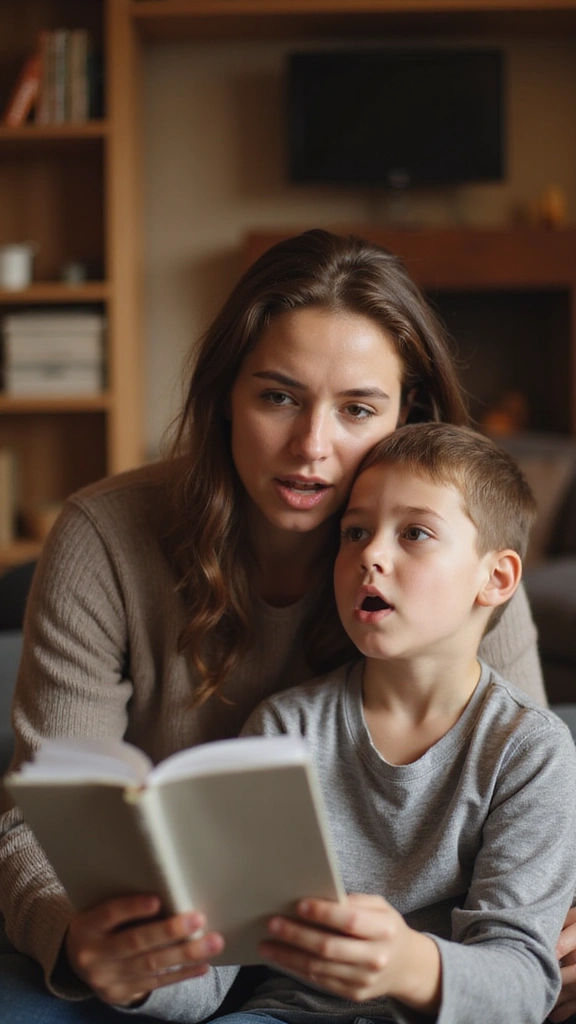
You know this look. A kid drops a wild line and your eyebrows shoot up. It’s a brief moment of pure confusion and disbelief. You feel the room go quiet for a beat.
Here is why this matters: it opens a chance to listen, joke, and learn.
– Pause and let your child finish.
– Use a light laugh to keep the mood kind.
– Share a short, funny memory of your own.
– Ask a simple question to steer the chat.
– Say what you feel and what you want next time.
These talks teach kids to express themselves and keep family bonds strong.
6. The ‘Did I Really Just Hear That?’ Expression
Editor’s Choice

Children’s Communication Skills: From Birth to Five Years
 Amazon$37.96
Amazon$37.96
Sorry! Kids Board Game, Family Board Games for Kids and Adults, 2 to 4 P…
 Amazon$7.99
Amazon$7.99
7. The ‘What Do You Mean?’ Look
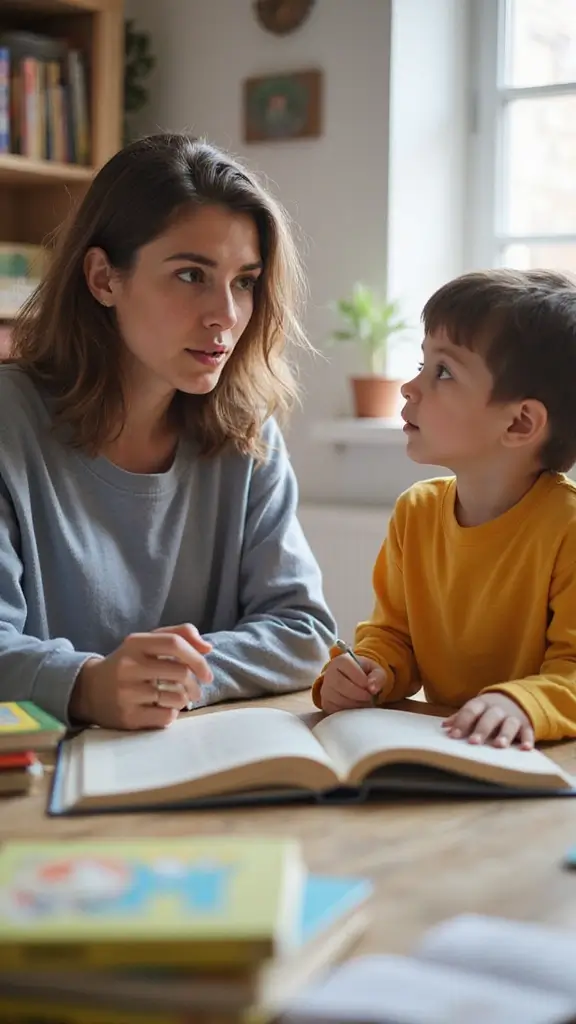
Your kid drops a new word and you wear the ‘What do you mean?’ face. Brows rise, lips press, and you lean in to listen. This look shows up during homework help or school talk, and kids surprise us with meanings that make us smile.
Here is why you can use it for teaching:
– Ask them to explain in their words.
– Reflect back what you heard and name the core word.
– Turn it into a tiny vocab moment with a game.
– Use simple, real-life examples to show how the word fits.
These moments build connection and language skills, without pressure.
7. The ‘What Do You Mean?’ Look
Editor’s Choice

New 11+ Vocabulary Flashcards – Ages 10-11: superb flashcards for the el…
 Amazon$25.51
Amazon$25.51
SimplyFun Is or Isn’t – Expand Vocabulary Skills by Identifying Synonyms…
 Amazon$34.00
Amazon$34.00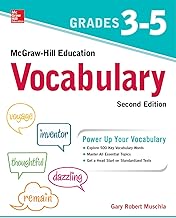
McGraw-Hill Education Vocabulary Grades 3-5, Second Edition
 Amazon$13.95
Amazon$13.958. The ‘I Can’t Even’ Expression
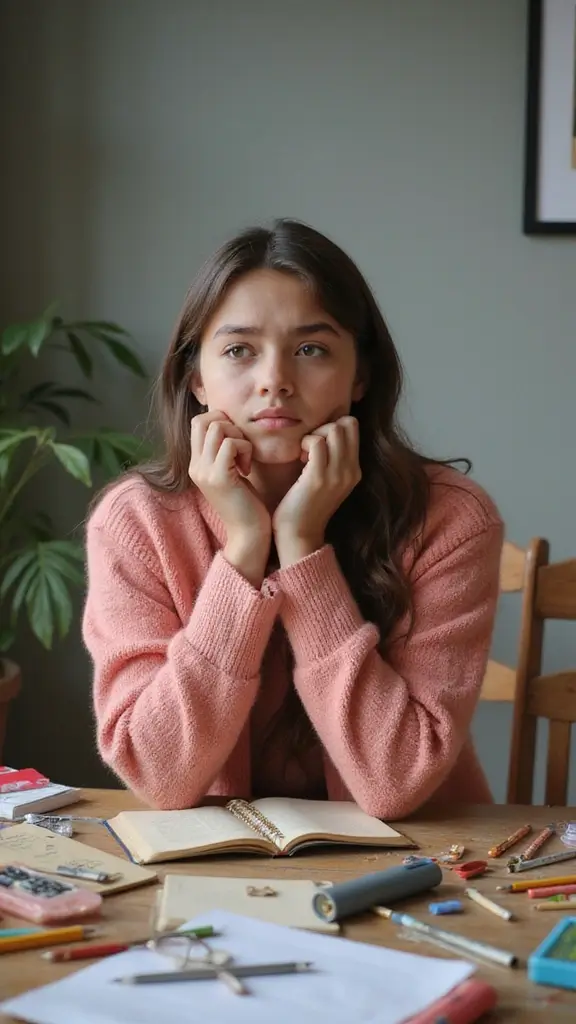
Feeling overwhelmed in parenting can make you freeze. The ‘I can’t even’ face shows up when the house is loud, a project is due, and you feel stuck.
Here is why it helps to name it and move on.
– Pause and breathe. Three breaths steady your hands.
– Name the feeling. Say to yourself, “I’m overwhelmed,” so your brain can reset.
– Pick one tiny next step. Do a task instead of a big plan.
– Reach out. Ask a friend, partner, or neighbor for help for a moment.
When you pause and ask for support, you reclaim the moment and keep moving.
8. The ‘I Can’t Even’ Expression
Editor’s Choice

Practicing Mindfulness: 75 Essential Meditations to Reduce Stress, Impro…
 Amazon$9.59
Amazon$9.59
Stress Relief Essential Oil Blend 30 ml – Stress Relief & Calm Essential…
 Amazon$9.85
Amazon$9.85
Lined Spiral Journal Notebook for Women & Men, 140 Pages, College Ruled …
 Amazon$6.99
Amazon$6.999. The ‘But Why?’ Look
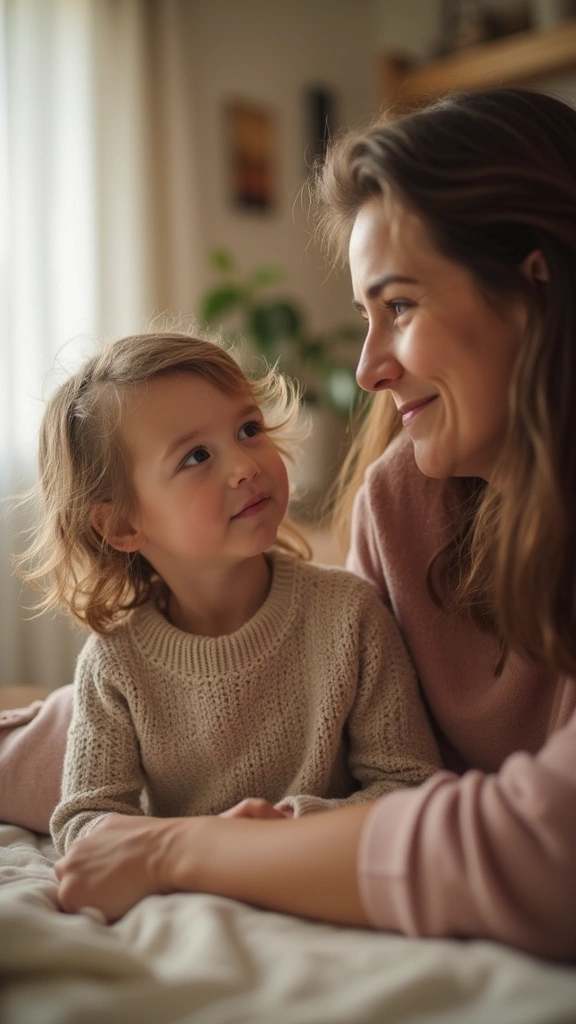
The ‘But why?’ look is a chance, not a challenge. You hear a string of questions and you feel stuck. Don’t shut down. See it as a moment to teach.
– Reframe the question as a step in learning. Use a line like candy now means less energy for play later.
– Use quick analogies they can relate to, then check for understanding.
– Explore together look up answers with them and let them share what they think first.
These chats build trust, spark curiosity, and help your child grow, not just follow rules.
Let questions lead to clear steps you both understand.
9. The ‘But Why?’ Look
Editor’s Choice

My First Library: Boxset of 10 Board Books for Kids
 Amazon$14.99
Amazon$14.99
Electronic Alphabet Wall Chart, Talking ABC, 123s, Music Poster, Kids Le…
 Amazon$19.99
Amazon$19.9910. The ‘I Absolutely Did Not See That Coming’ Face
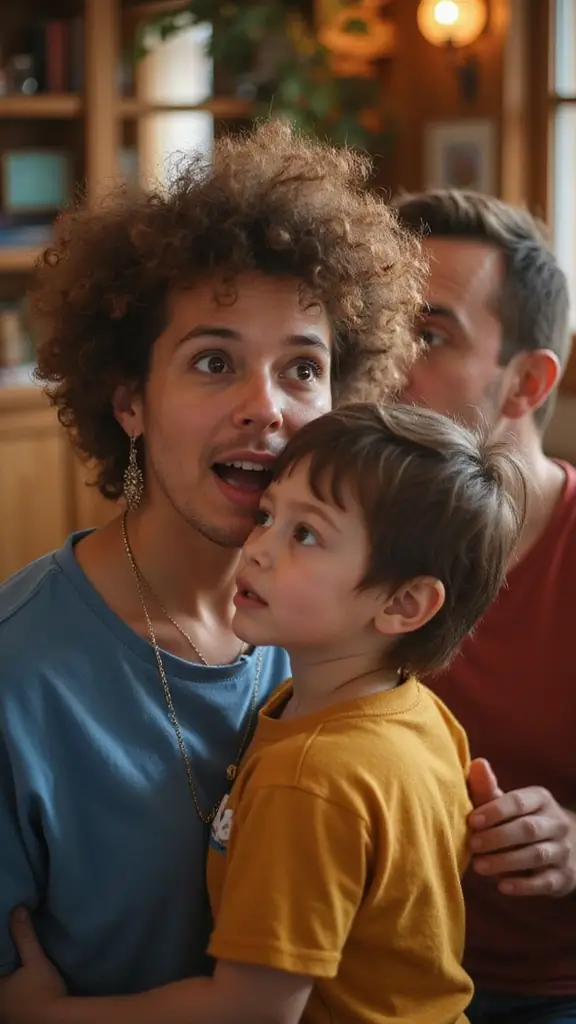
You spot it when your kid shows a new skill. It is a wide-eyed look with a small jaw drop, all at once. This face is part of every parent’s life. It marks a parenting moment. You learn your child has a hidden talent. You feel a spark of surprise in a good way.
Here’s how to keep the moment alive:
– Let your kid lead. Let them show it and cheer.
– Capture it. Take a quick photo or jot a line in your family journal.
– Share the surprise with relatives and celebrate.
Each new skill pulls you closer. Look for the next wonder.
10. The ‘I Absolutely Did Not See That Coming’ …
Editor’s Choice

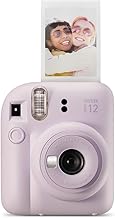
Fujifilm Instax Mini 12 Instant Camera – Lilac Purple
 Amazon$92.27
Amazon$92.27
Planner Stickers – Calendar Stickers for Celebration and Decoration, 12 …
 Amazon$6.18
Amazon$6.1811. The ‘Where Did You Learn That?’ Expression
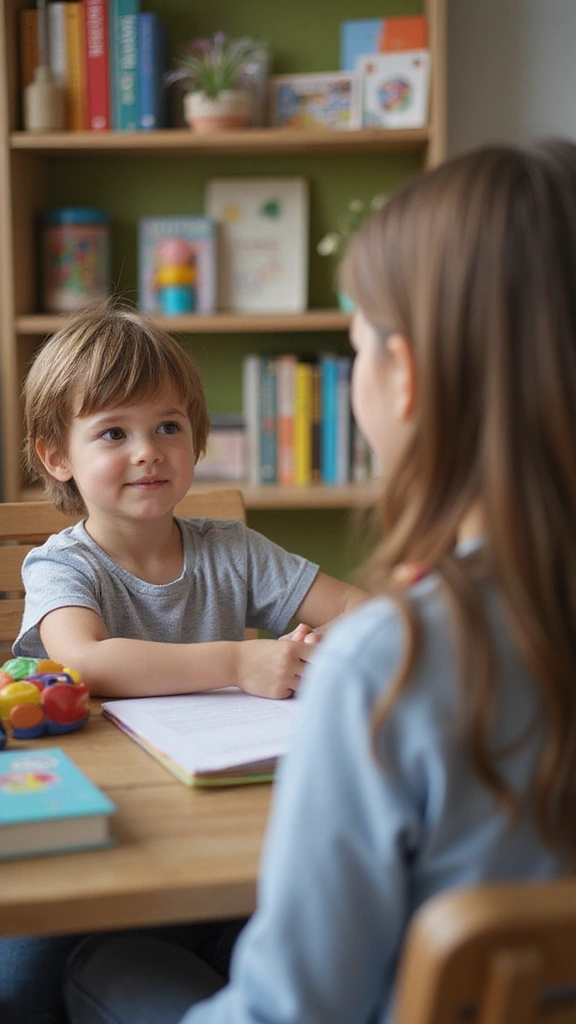
That “Where did you learn that?” moment happens when your kid drops a fact you did not teach. You feel surprised, curious, and a bit proud at once. Their expression shows a head tilt and wide eyes. Use it as a learning moment.
– Acknowledge with warmth. Say, “Nice find.”
– Ask about the source. “Where did you pick that up?”
– Check the source together. Was it a friend, a show, or the internet?
– Add value. Share a simple fact and invite more questions.
– Keep the door open. Let the chat flow to new topics.
These moments build trust and keep conversations going.
11. The ‘Where Did You Learn That?’ Expression
Editor’s Choice

There’s No Place Like Space! All About Our Solar System (The Cat in the …
 Amazon$5.98
Amazon$5.98

TableTopics Original Conversation Starter Cards for Adults to Break The …
 Amazon$17.49
Amazon$17.4912. The ‘How Did We Get Here?’ Look
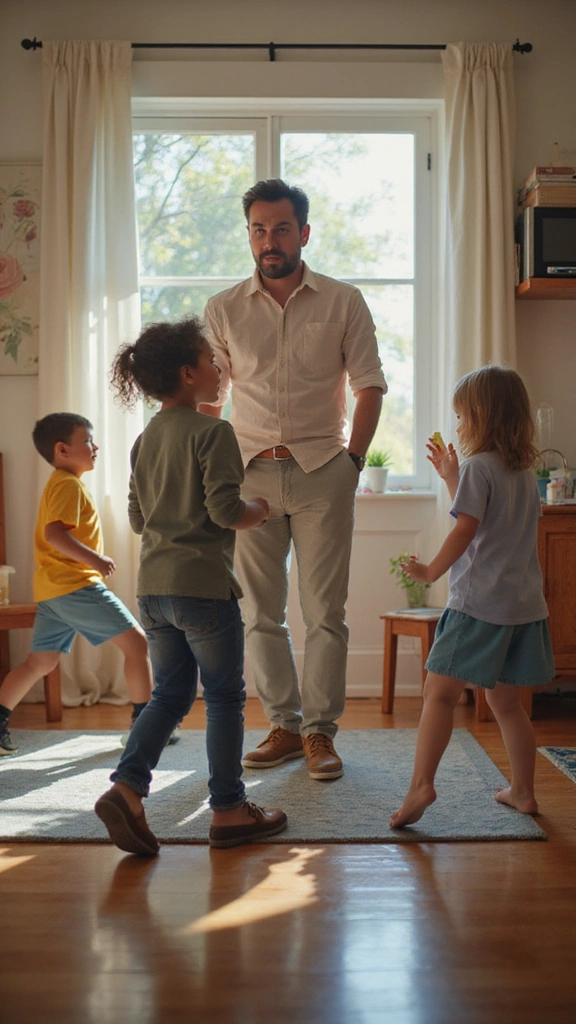
You know the look. It happens during car rides, family trips, or a day when one small thing starts a chain. The ‘How Did We Get Here?’ face shows you’re lost in the chaos, yet you keep going for your people. You might see it in a messy seat, spills on the floor, or a plan that fell apart.
Here is why naming it helps: you can ride the wave without losing control.
– Keep a light heart and a smile to reset the mood
– Have a plan for surprises
– Swap stories to lift spirits
Moments make bonds.
12. The ‘How Did We Get Here?’ Look
Editor’s Choice

Vtopmart 8 Pack Food Storage Organizer Bins, Clear Plastic Bins for Pant…
 Amazon$27.99
Amazon$27.99
Big Potato OK Play – Award-Winning Travel Game for Family and Friends | …
 Amazon$18.99
Amazon$18.99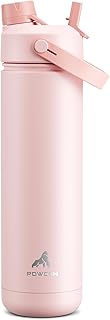
26 oz Insulated Water Bottle with 2-in-1 Straw and Spout Lid, Keep Cold …
 Amazon$14.49
Amazon$14.4913. The ‘What Are You Talking About?’ Face
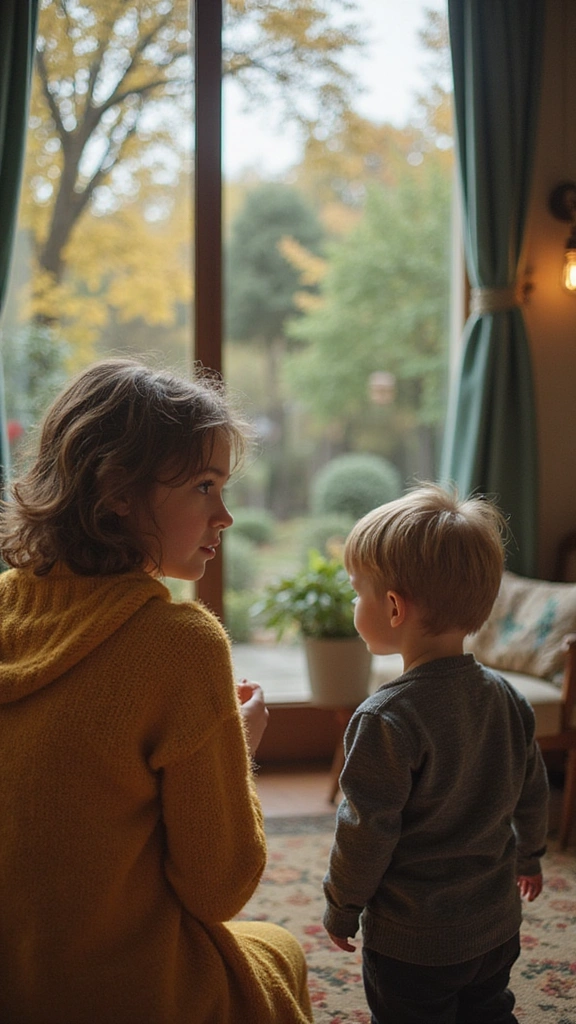
Problem you face
You often hear a kid ramble and you can’t follow. This is the “What are you talking about?” face. You nod, but you miss the thread. The gap shows how each world has different stuff, friends, and jokes. It makes you smile and it teaches you to listen better.
Why it matters
Clear talking helps you both bond and grow their storytelling.
Next steps
– Gently ask what they mean.
– Share a quick memory from your own kid days.
– Turn it into a game of explaining in simple steps.
Take these moments as chances to connect and learn together.
13. The ‘What Are You Talking About?’ Face
Editor’s Choice


Do You Speak Fish?: A Sweet Story about Cross-Cultural Communication and…
 Amazon$10.52
Amazon$10.52
Talking Flash Cards for Toddlers 1 2 3 4 Year Olds, Montessori Language …
 Amazon$9.99
Amazon$9.9914. The ‘Wait, Are You Serious?’ Look
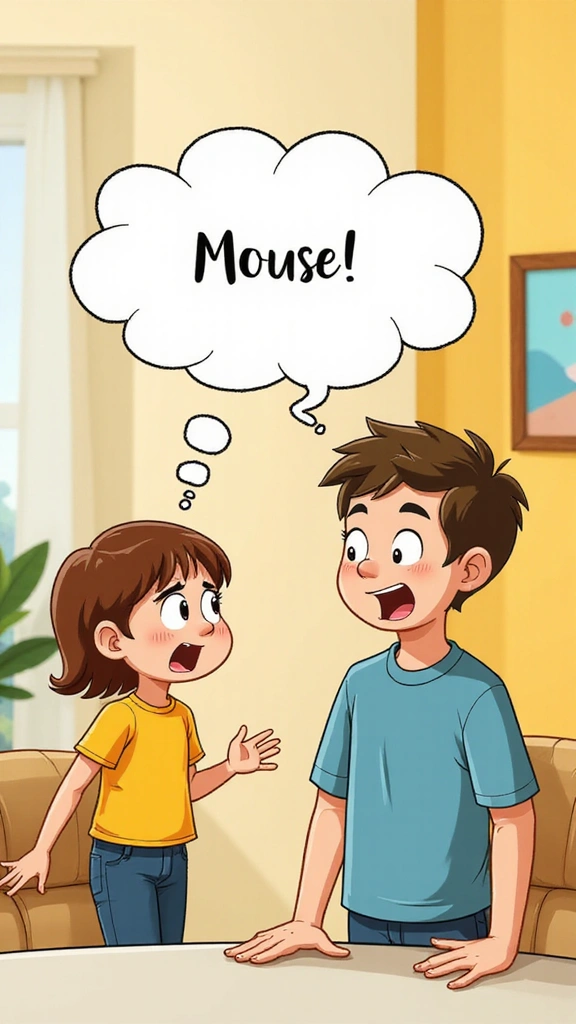
Handling the ‘Wait, are you serious?’ look
You hear a wild idea from your kid. You pause and wear the famous ‘Wait, are you serious?’ face. It shows disbelief, but also curiosity. This moment can spark real talk and new bonds. That surprise can show you where your kid wants to lead.
– Ask them to explain their idea in simple terms.
– Do a quick brainstorm with paper and crayons.
– Laugh together and praise the effort.
This approach builds trust and sharpens thinking. After you listen, pick one tiny step to try. You both win when the idea moves from wow to workable.
14. The ‘Wait, Are You Serious?’ Look
Editor’s Choice

Inspiration Art Case Coloring Set – Tie-Dye (140ct), Art Supplies Set fo…
 Amazon$26.24
Amazon$26.24
Dan&Darci Kids Rock Painting Kit – Glow in The Dark – Arts & Crafts Gift…
 Amazon$19.99
Amazon$19.9915. The ‘Why Would You Do That?’ Face
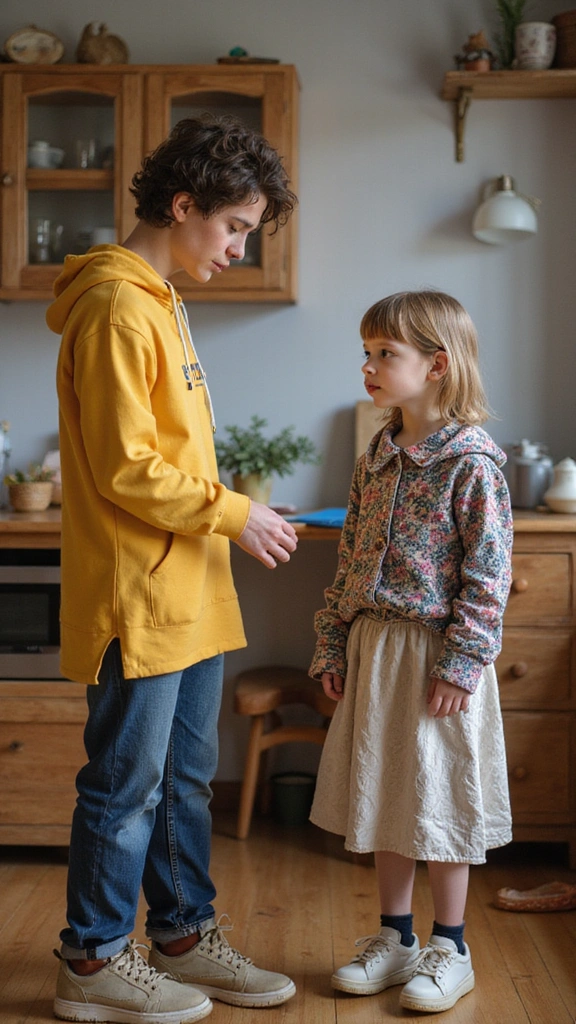
Here is why this moment matters. The ‘Why would you do that?’ face shows your child testing ideas and learning rules. You might catch a pajama sleeve slip, a cart squeak, and a grin.
Let’s break it down with simple steps:
– Start a calm chat about the choice.
– Ask them to walk you through their thinking.
– Share a quick memory of a goofy thing you did as a kid.
Next steps: listen first, then explain why the rule exists. Use humor, keep it kind, and turn the moment into a tiny lesson you both keep.
15. The ‘Why Would You Do That?’ Face
Editor’s Choice

Children’s Communication Skills: From Birth to Five Years
 Amazon$37.96
Amazon$37.96
Lachilly Emotions Learning Flashcards, High Frequency Words, Beginning R…
 Amazon$6.99
Amazon$6.99
The Original TAPPLE, The Fast-Paced Family Board Game, Choose a Category…
 Amazon$13.99
Amazon$13.9916. The ‘You Want Me to What?’ Look
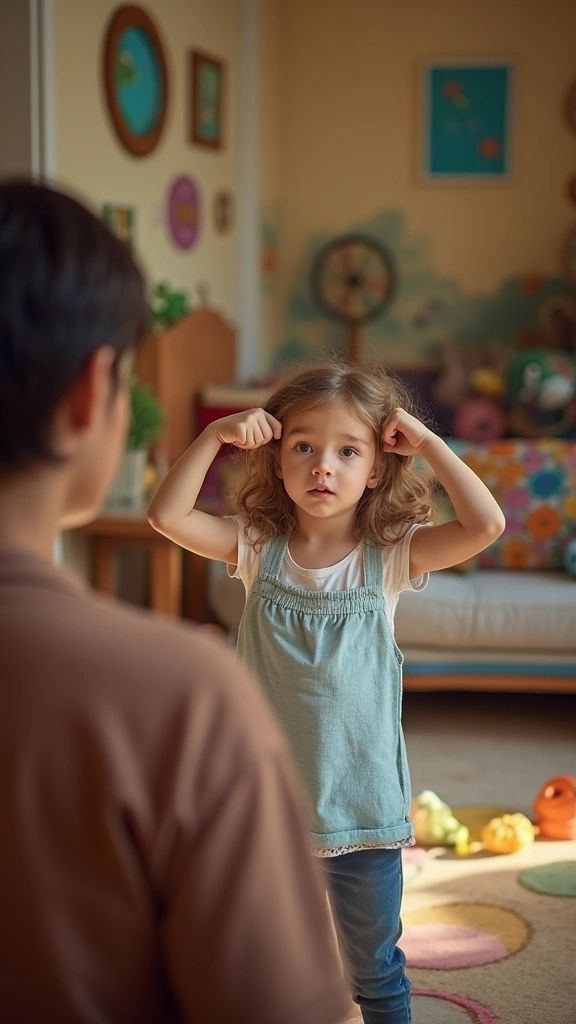
Ever get that look from your kid when they ask for something wild? The “You want me to what?” moment shows up fast. Their eyes go wide, a grin wobbles, and their head tilts as if they’re testing your rules.
Here is how you handle it in a calm, warm way:
– Encourage creative play but set simple, clear boundaries.
– Offer fun alternatives that still feed their imagination.
– Laugh together and use the moment to bond.
This small scene teaches patience and planning. You both walk away with a memory and a plan you can repeat any time you need it.
16. The ‘You Want Me to What?’ Look
Editor’s Choice

Hey! Play! Hopscotch Ring Game-10 Multi-Colored Plastic Rings and 15 Con…
 Amazon$19.00
Amazon$19.00
Mayo Clinic Guide to Your Baby’s First Years, 3rd Edition: Clear Answers…
 Amazon$22.32
Amazon$22.32
The Original TAPPLE, The Fast-Paced Family Board Game, Choose a Category…
 Amazon$13.99
Amazon$13.9917. The ‘Do You Even Hear Yourself?’ Expression
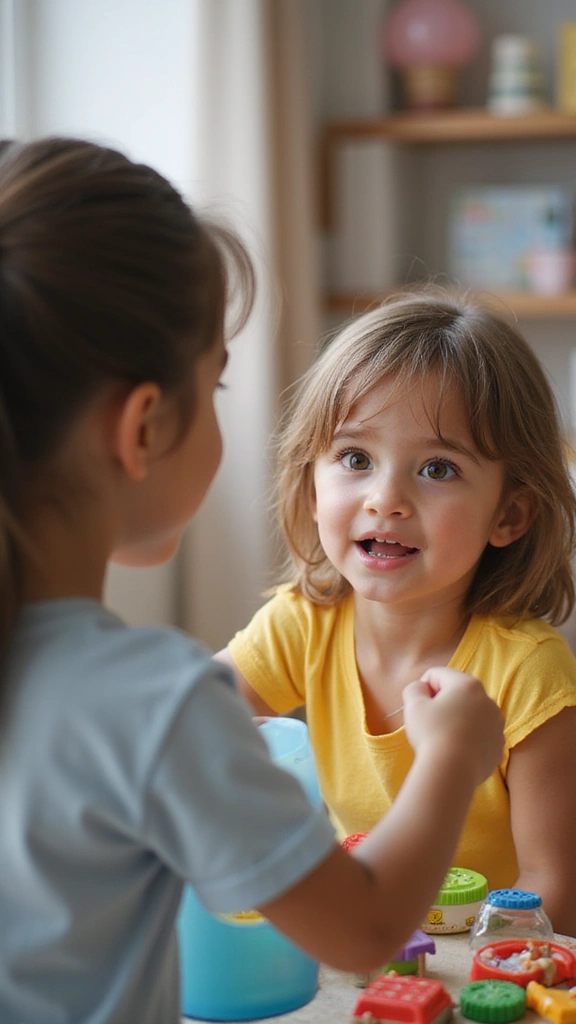
When a kid says something wild, you catch the do you hear yourself look. That mix shows how they process their world. Here is how to engage.
– Ask them to explain in simple words, right after the line.
– Paraphrase what they said back to them, using plain terms they can hear.
– Share a goofy misstep from your own past to keep the moment light.
– Turn it into a tiny lesson on being clear when you speak.
– Suggest a small rule, like asking for proof before you assume.
These moments bring laughs and talk, and they help kids think before they speak.
17. The ‘Do You Even Hear Yourself?’ Expression
Editor’s Choice
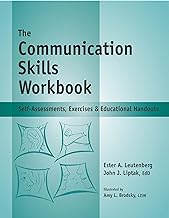
The Communication Skills Workbook – Reproducible Self-Assessments, Exerc…
 Amazon$44.62
Amazon$44.62
The Whole-Brain Child: 12 Revolutionary Strategies to Nurture Your Child…
 Amazon$10.84
Amazon$10.84
Asmodee Rory’s Story Cubes Classic (Eco-Blister) – Spark Imagination wit…
 Amazon$13.04
Amazon$13.0418. The ‘I Thought You Knew!’ Look
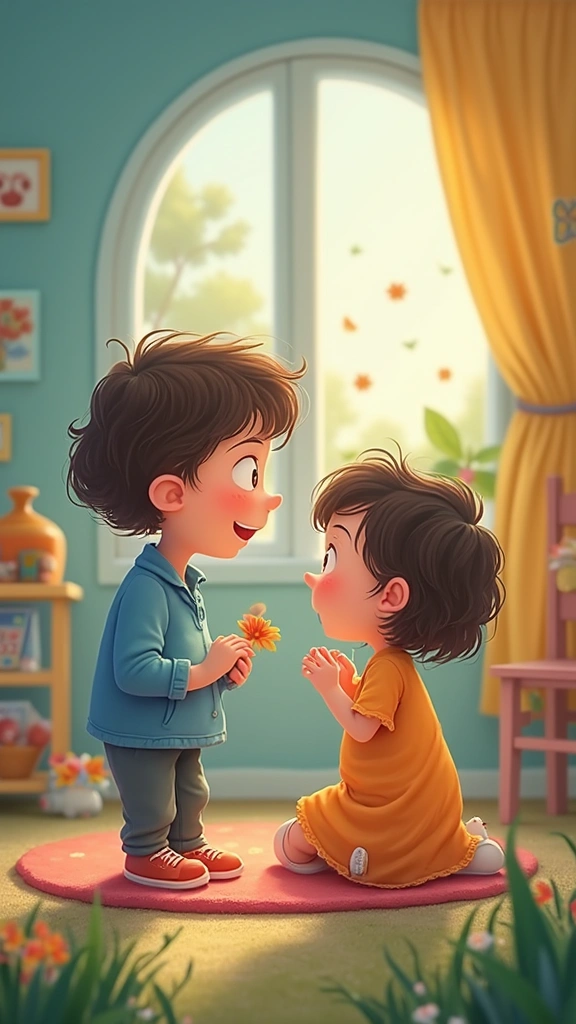
You know that look. It appears when your child slips on a simple idea you assumed they’d know. The ‘I thought you knew’ look mixes confusion with surprise. Their brows rise, eyes widen, and you feel a tug of frustration, but you can teach.
Here is why this matters: it shows where you can guide learning, not where you failed.
Next steps:
– Explain the idea in plain words.
– Share an example your child can picture.
– Ask a question to check understanding.
– Celebrate curiosity and praise effort.
Turn these moments into wins. You help your child grow confident. Keep it gentle.
18. The ‘I Thought You Knew!’ Look
Editor’s Choice

My First Library: Boxset of 10 Board Books for Kids
 Amazon$14.99
Amazon$14.99
Special Needs Communication Cards for Non Verbal Children and Adults wit…
 Amazon$10.99
Amazon$10.99
The Digital Parenting Guidebook: 7 Essential Steps for Building the Tech…
 Amazon$8.99
Amazon$8.9919. The ‘That’s Not How It Works!’ Face
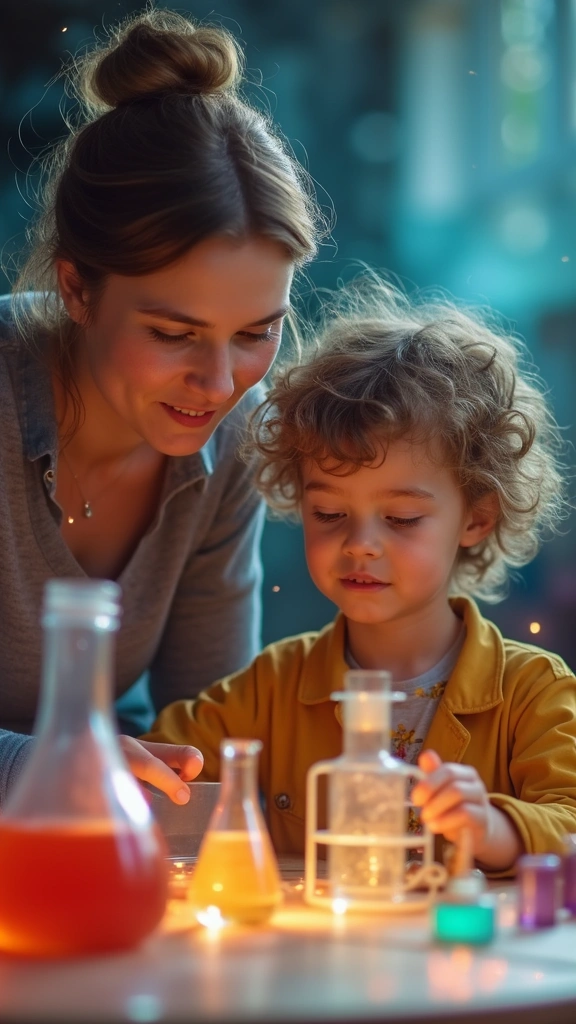
Here is why that puzzled look appears. A child hears a new idea and its meaning slips. You see surprise and a hint of doubt. You can turn this moment into a teaching moment.
– Explain simply in clear terms that fit their age. Keep the message short and concrete.
– Ask questions to invite thinking. Say, “What part sounds tricky to you?”
– Try a quick hands-on demo that shows the right method. Let them feel the result and see it work.
– Recap together so the rule sticks. A tiny, memorable takeaway helps.
Next steps: pick one small experiment you can do this week.
19. The ‘That’s Not How It Works!’ Face
Editor’s Choice

BāKIT Box Aurora Swirl Cookies Baking Kit for Kids, STEM Science of Colo…
 Amazon$34.99
Amazon$34.99
The Storyteller’s Handbook: 52 Illustrations to Inspire Your Own Tales a…
 Amazon$19.25
Amazon$19.25
UNGLINGA 150 Experiments Science Kits for Kids, S.T.E.M Educational Proj…
 Amazon$24.43
Amazon$24.4320. The ‘What Are You Thinking?’ Expression
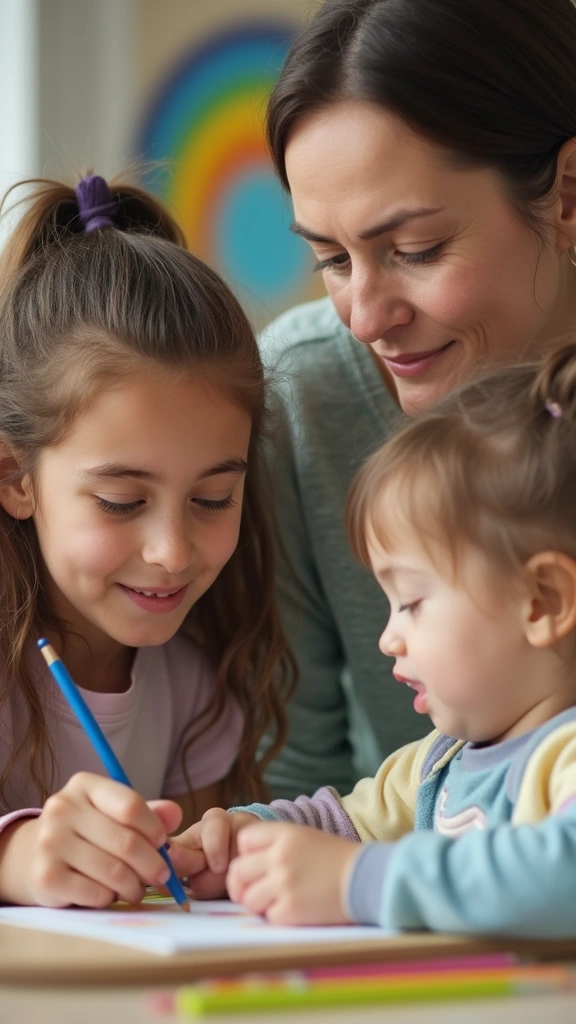
The moment your child flashes the ‘What Are You Thinking?’ look, you know a new idea is coming. It blends confusion with curiosity. You wonder what lives in their mind. This face shows their creative thinking in new ways.
When kids want to try a fresh idea, like a game they invent or a craft from scraps, this expression shows up. You can help by listening first, then joining in with safe, simple steps.
– Ask open questions to hear their plan
– Offer easy supplies and space to try
– Celebrate the effort, not only the end result
These small chats build trust and turn odd ideas into lasting memories.
You gain more joyful moments you both will smile about together.
20. The ‘What Are You Thinking?’ Expression
Editor’s Choice

Dan&Darci Arts and Crafts Vault – Craft Supplies Kit in a Box for Kids A…
 Amazon$39.98
Amazon$39.98
400 Conversation Cards for Friends – Funny Get to Know You Game With Ope…
 Amazon$30.09
Amazon$30.09
Made By Me Create Your Own Window Art, Paint Your Own Suncatchers, DIY A…
 Amazon$9.97
Amazon$9.9721. The ‘Oh, That’s What You Meant!’ Face
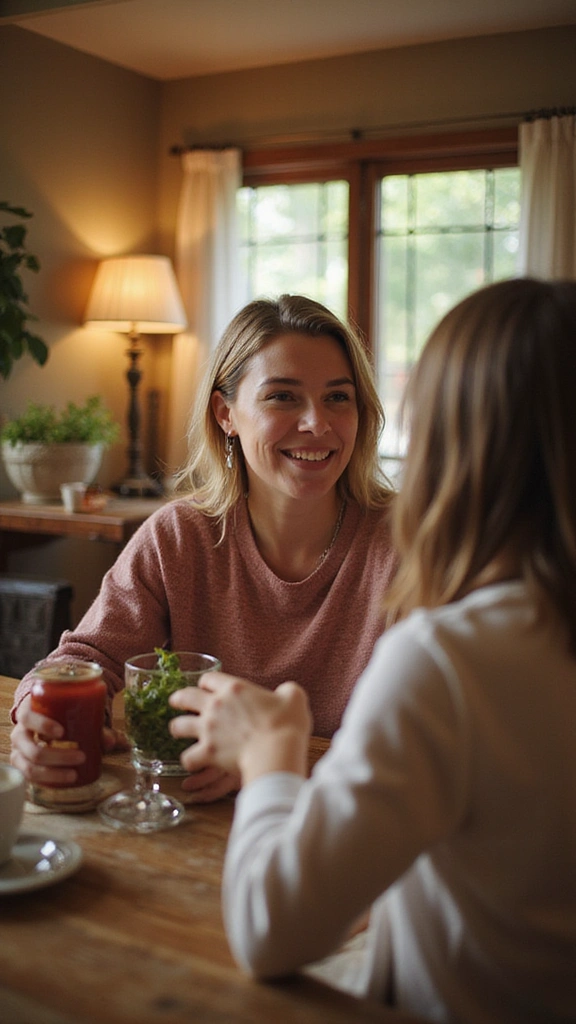
Oh, That’s What You Meant!
Ever feel a quick pause in a talk with your kid? The Oh, That’s What You Meant! face is that moment of relief after a small misunderstanding. A word slips, a plan isn’t clear, and you both reset. You can turn this into a chance to grow your talk skills.
– Use simple gestures or a quick drawing to show your idea
– Invite your child to ask, and answer with patience
– Turn corrections into a tiny game to keep it light
These steps cut misreads, boost trust, and make talks with kids easier. Start today and notice the calm in your home.
21. The ‘Oh, That’s What You Meant!’ Face
Editor’s Choice
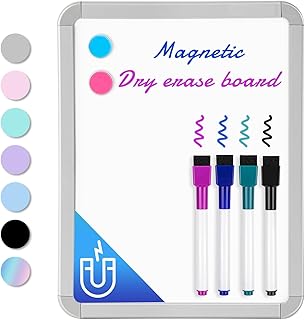
VUSIGN Small Dry Erase Whiteboard, 8.5 x 11 Inches White Board for Kids,…
 Amazon$7.99
Amazon$7.99
Who What Why Conversation Cards for Kids – Learning Materials for Social…
 Amazon$16.99
Amazon$16.99
Talking to Children About Divorce: A Parent’s Guide to Healthy Communica…
 Amazon$9.43
Amazon$9.4322. The ‘What’s So Funny?’ Face
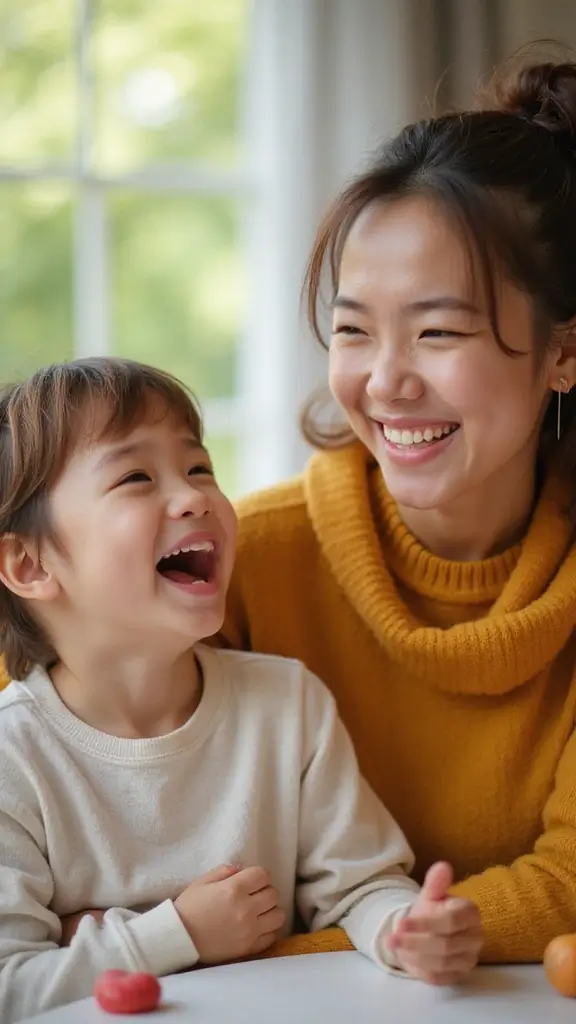
22. The “What’s So Funny?” Face
Here is why you notice this look. Kids burst into laughter at tiny things. Their face shows a split second of “huh?” mixed with a grin. This moment tells you they found joy in the world, and you’re part of it.
Next steps:
– Invite them to tell jokes and funny stories in their own voice.
– Laugh with them and let the mood stay light.
– Share a small funny memory from your day or childhood.
These small exchanges lift the mood and keep family time warm.
Keep sessions short. A quick joke now and then makes days brighter.
22. The ‘What’s So Funny?’ Face
Editor’s Choice

Dad Jokes: Over 600 of the Best (Worst) Jokes Around and Perfect Christm…
 Amazon$5.47
Amazon$5.47
Interactive Storytelling for Video Games: Proven Writing Techniques for …
 Amazon$42.55
Amazon$42.55
Big Potato Herd Mentality: Udderly Hilarious Family Board Game | Easy to…
 Amazon$24.99
Amazon$24.9923. The ‘What Are We Even Doing?’ Face
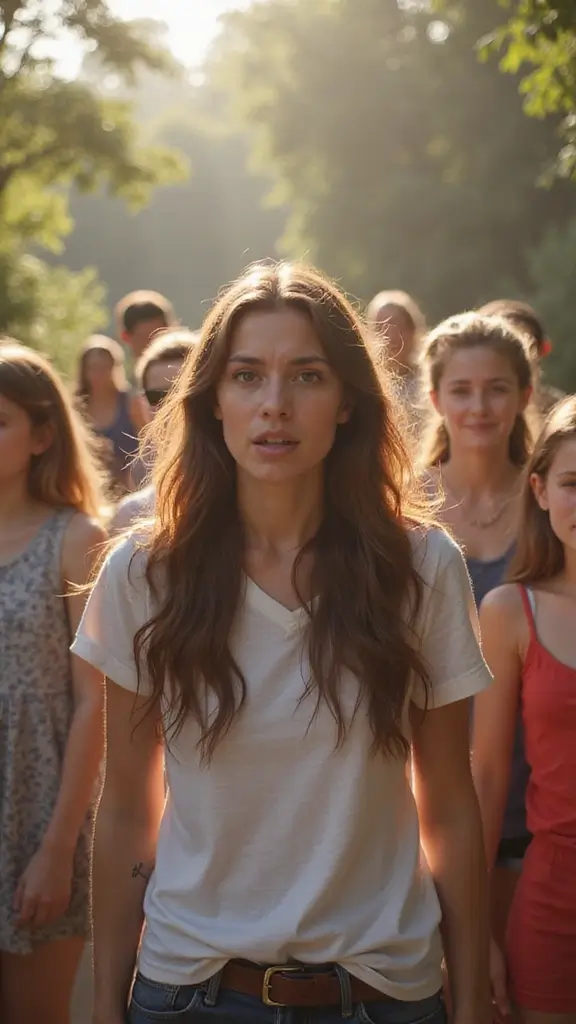
What this face means
You want control when plans go wrong. The look “What are we even doing?” shows confusion and humor in chaos.
Why it helps
It tells you to pause, breathe, and adapt. Embracing the moment can turn a mess into a memory you all share.
Next steps you can take
– Stay flexible and adjust plans as needed on the fly
– Laugh together to ease sudden tension and stress
– Focus on small wins, like getting everyone in the car, and celebrate a tiny victory
In parenting, these moments often become funny stories later.
You may feel rattled at first, but your family grows closer through shared laughs. Together you move forward.
23. The ‘What Are We Even Doing?’ Face
Editor’s Choice

Do You Really Know Your Family? A Fun Family Game Filled with Conversati…
 Amazon$19.82
Amazon$19.82
Stress Relief: Coloring Book for Adults and Kids, Bold and Easy, Simple …
 Amazon$9.99
Amazon$9.99Conclusion
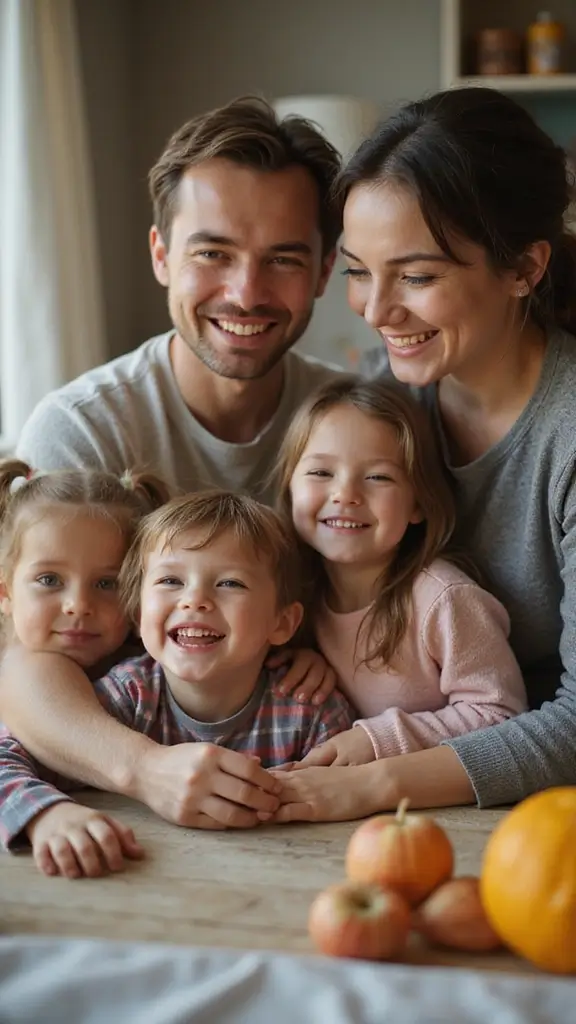
Parenting is a beautiful tapestry woven with moments of confusion, laughter, and unconditional love. The confused faces we’ve explored depict the journey that every parent walks, filled with unexpected surprises and endless learning opportunities. Embrace these expressions as a reminder that confusion often leads to connection, laughter, and a deeper understanding of your child’s world. It’s all part of the adventure. Celebrate these moments and cherish the stories they create!
So the next time you find yourself in a state of bewilderment as a parent, remember you’re in great company. Share your favorite confused face moments with fellow parents and let’s keep the laughter rolling.
Note: We aim to provide accurate product links, but some may occasionally expire or become unavailable. If this happens, please search directly on Amazon for the product or a suitable alternative.
This post contains Amazon affiliate links, meaning I may earn a small commission if you purchase through my links, at no extra cost to you.
Frequently Asked Questions
What Are Some Common Confused Face Expressions Parents Can Relate To?
Parents often experience a range of confused face expressions during their daily interactions with kids. For instance, the classic ‘What Just Happened?‘ face emerges during unexpected moments, like a juice spill or a sudden loud noise. Each expression reflects the delightful chaos of parenting and can lead to teaching moments about understanding emotions.
How Can Understanding Confused Face Expressions Improve Communication with My Kids?
Recognizing and interpreting confused face expressions can greatly enhance your communication with your children. When you see a ‘What Do You Mean?‘ look, it’s an opportunity to clarify and engage in deeper conversations. This understanding fosters an environment where kids feel safe to ask questions and explore their thoughts, ultimately boosting their language skills.
What Should I Do When My Child Gives Me a Confused Face?
When your child shows a confused face, such as the ‘Wait, What Did You Just Say?‘ expression, take a moment to pause and address their confusion. Ask them to share their thoughts or clarify what they didn’t understand. This not only helps in clearing up any misunderstandings but also encourages them to articulate their feelings and thoughts, enhancing their language skills.
How Can I Use Confused Face Expressions as Teaching Moments?
Confused face expressions can be excellent teaching tools! For example, when your child expresses the ‘I Have No Idea What You’re Talking About‘ look, it’s a cue for you to break down complex ideas into simpler terms. These moments can transform confusion into learning opportunities, helping your child develop better understanding and language skills.
Are There Specific Strategies to Help English Learners with Confused Face Expressions?
Absolutely! If you’re parenting an English learner, pay attention to their confused face expressions, such as the ‘Lost in Translation‘ look. Use clear language and visual aids to support comprehension. Encourage them to ask questions and express their confusion, which can help strengthen their language skills and boost their confidence in communication.
